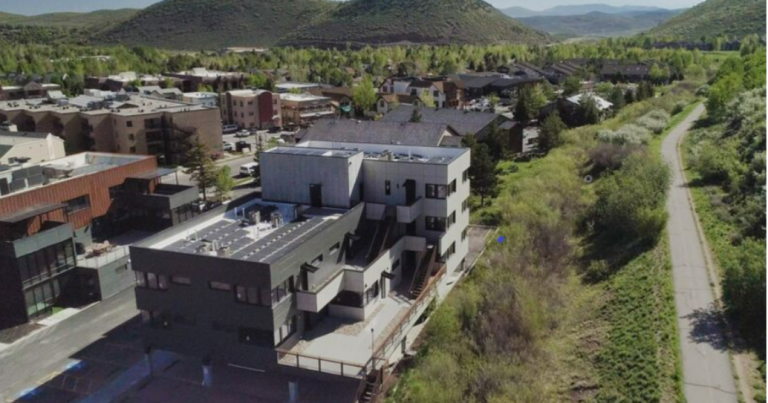Mountainlands Community Housing Trust advocates for and helps create affordable housing in Summit and Wasatch counties.
And a study the nonprofit commissioned shows affordable housing has net positive economic impacts for the Wasatch Back. But local leaders fear the study leaves out costs and downsides.
Consultants at Economic & Planning Systems used local data to estimate the return on investment per unit of affordable housing, both for rent and for sale.
The upshot is that either type of unit can return about $580,000 in community benefits in one year. Per unit, rentals require $100,000 from taxpayers, and owned units require $400,000 each.
The return on investment takes into account money new residents spend, new tax revenue and less tangible benefits like volunteer hours, new students and lower employee turnover.
EPS looked at the cost to provide parking, but it didn’t factor in other things like utilities.
So when EPS planner Andrew Knudtsen presented the findings to Summit County’s mayors Tuesday, July 16, Kamas Mayor Matt McCormick had questions.
“It feels like the study would have been more complete had we seen some analysis on the cost to provide water and sewer, the cost to provide police and EMS, and all of those services,” McCormick said.
Knudtsen says those costs are inevitable, and the study’s primary purpose is to demonstrate that affordable housing isn’t a total economic loss when compared to market rate units.
“The fire district, the water district, the school district—they’re going to incur the costs, either with small homes or large homes, locally occupied homes or second homes,” the planner said. “The growth will occur regardless, so that’s neutralized in the study.”
However, Summit County Councilmember Roger Armstrong says he doesn’t see growth as inevitable.
“Growth is not going to come if we zone appropriately, which is what we’ve done to try and mitigate growth,” he said July 16.
Click here to watch the full discussion.
In 2022, Summit County’s population went on the decline.
But when the county does grow, the numbers show it tends to grow older and wealthier. Park City School district enrollment has decreased.
And EPS reports that since 2010, the number of Wasatch Back households making $200,000 or more annually has almost quadrupled.
In the same time period, the number of households making $75,000 or less has decreased 17%.
U.S. Census Bureau data from 2015 indicates less than half of Summit County workers live within county borders, and around 15,000 workers commute into the county on weekdays.
Mountainlands plans to release the full study in the next few weeks.

